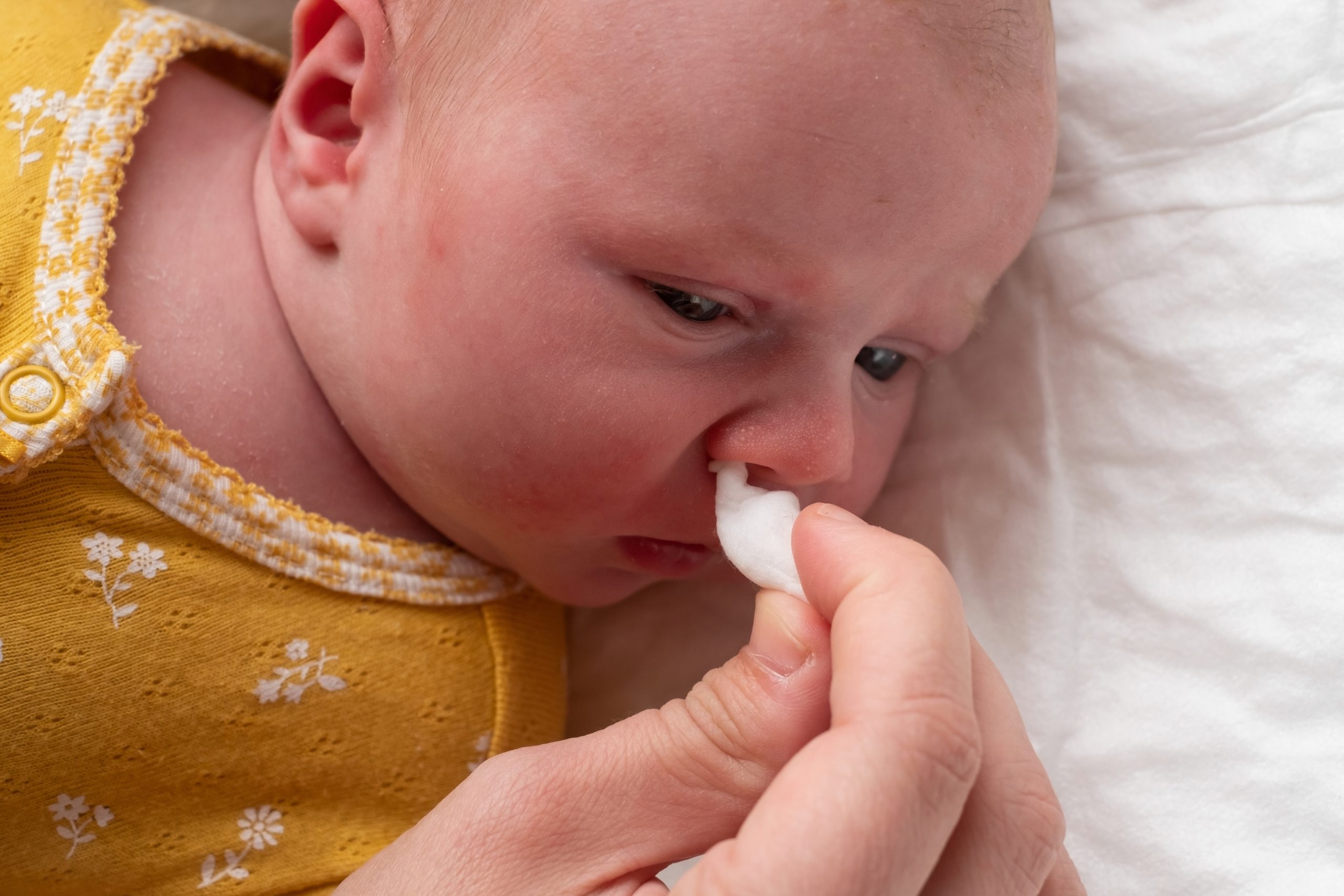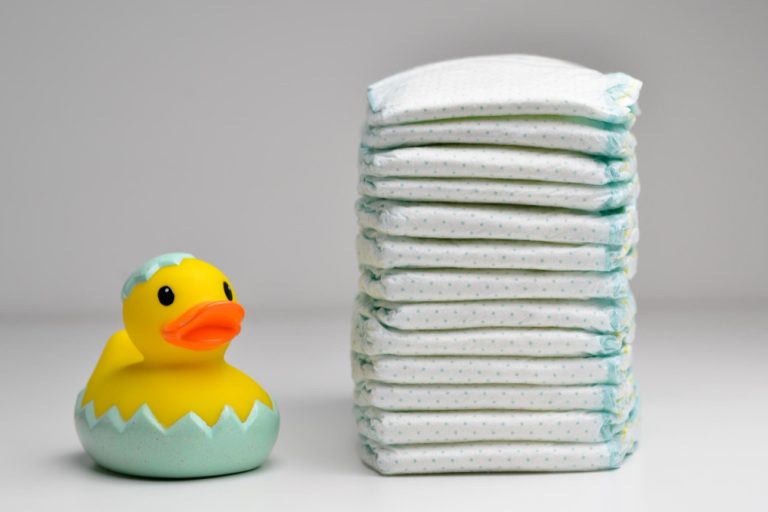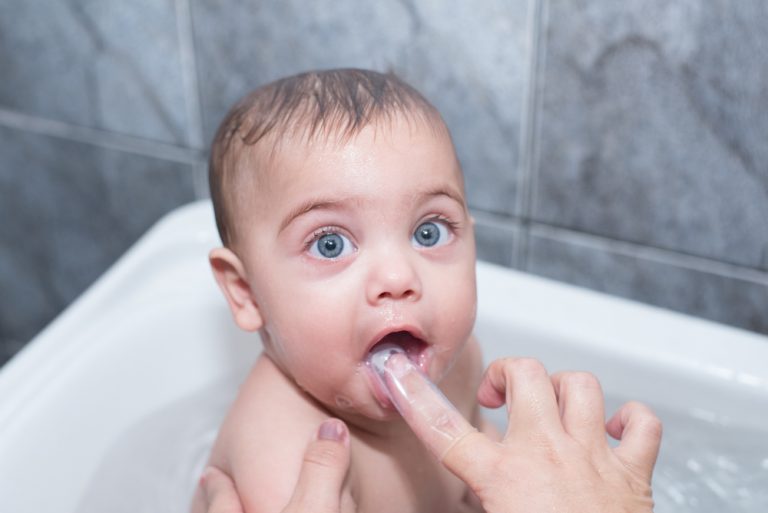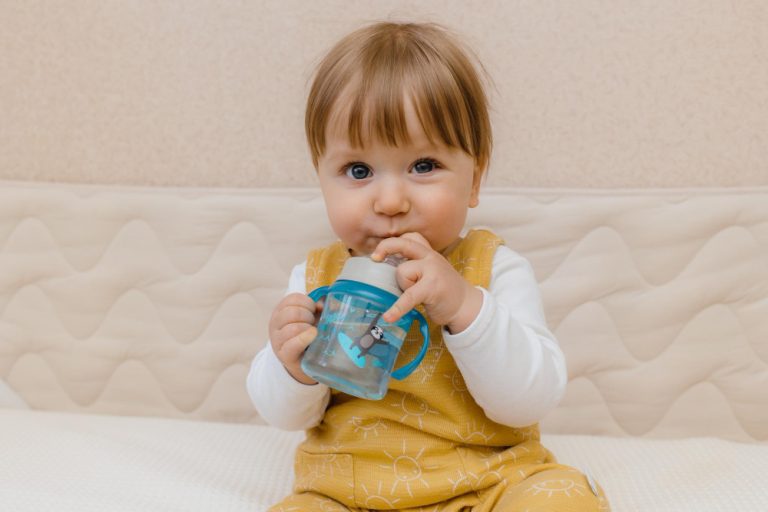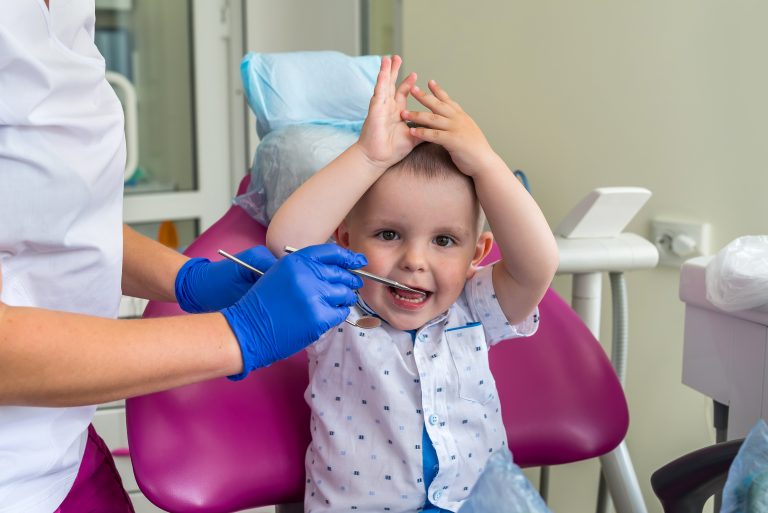How To Get Boogers Out Of Baby’s Nose: Nasal Congestion
Is there anything more distressing than seeing your little one struggle with a stuffy nose? Have you ever found yourself in a situation where your baby is unable to breathe or feed properly due to stubborn boogers? Are you looking for practical solutions on how to get boogers out of baby’s nose. As a parent, it’s natural to feel helpless and frustrated when your baby is uncomfortable.
We understand your concerns and have put together the ultimate guide on how to clean your baby’s nose and get rid of those pesky boogers for good. So sit back, relax, and let’s dive in!
In this blog, we delve into the art of gentle and safe booger removal, offering expert advice and practical tips to ease your baby’s congestion and promote better breathing.
From the best techniques for using a nasal aspirator to the benefits of saline sprays, we explore a range of methods to help your baby breathe easier. Learn how to deal with pesky dried mucus and potential foreign objects with finesse.
Discover how to get boogers out of baby’s nose, the top remedies, tools, and preventive measures to combat nasal congestion, providing your little one with comfort and relief. Say goodbye to stuffy noses and hello to peaceful nights with these tried-and-tested strategies.
Cleaning Baby’s Nose: Your How-To Guide
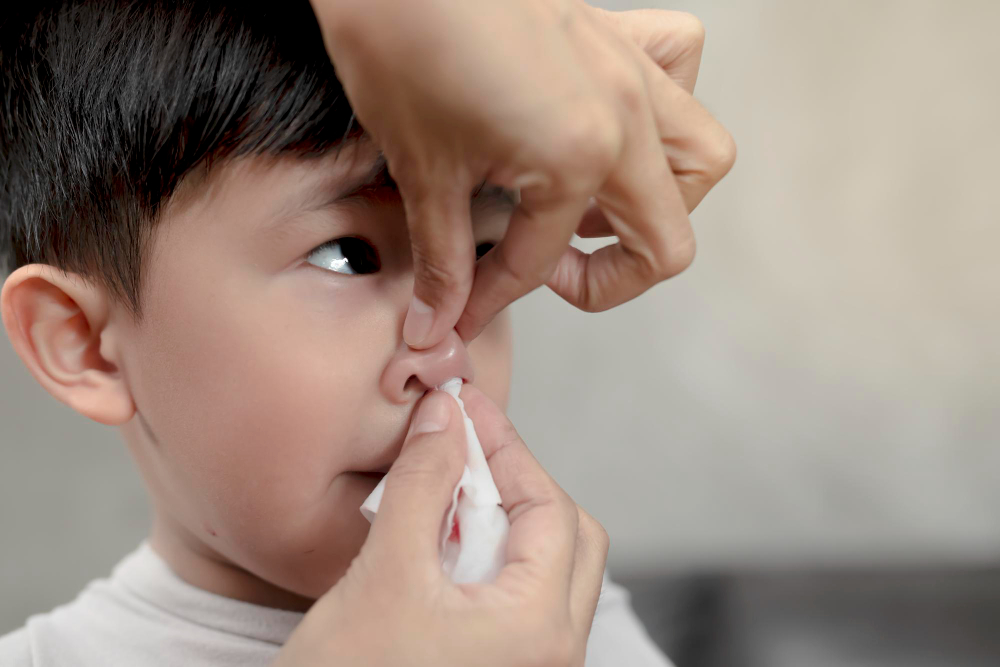
Welcome to our comprehensive guide on how to clean your baby’s nose and remove those stubborn boogers. As a parent, you want to ensure your little one breathes comfortably and stays healthy. A clear nasal passage is essential for their well-being, as it helps prevent congestion, sleep disruptions, and potential infections.
When it comes to cleaning your baby’s nose, there are various methods and remedies you can try. From using a bulb syringe and nasal aspirator to trying saline drops and other remedies, we’ve got you covered. Let’s dive into the different techniques to help you keep your baby’s nose clean and provide relief from nasal congestion.
How to Clean Your Baby’s Nose
Cleaning your baby’s nose may seem daunting at first, but with the right technique, it can become a part of your regular baby care routine. Here are some methods you can use to ensure a clean nasal passage:
Bulb Syringe
A bulb syringe is a popular tool for removing boogers from your baby’s nose. To use it, squeeze the air out of the bulb, gently insert the tip into your baby’s nostril, and release the bulb to suction out the mucus. Remember to clean and sterilize the bulb syringe before and after each use to maintain hygiene.
Nasal Aspirator
Another option is a nasal aspirator, which provides more controlled suction. It allows you to remove mucus effectively while minimizing discomfort for your baby. Similar to the bulb syringe, make sure to clean and sanitize the nasal aspirator after each use.
Nasal Spray
Saline drops or nasal sprays can help moisturize your baby’s nasal passages and loosen up any dried mucus. Administer a few drops of saline solution into each nostril, wait for a few seconds, and then use a bulb syringe or nasal aspirator to remove the loosened mucus.
Remember, it’s crucial to be gentle and take your baby’s comfort into consideration while cleaning their nose. Avoid putting too much pressure or going too deep inside their nostrils to prevent any irritation or injury.
How To Get Boogers Out Of Baby’s Nose
Keeping your baby’s nose clean is essential for their comfort and overall well-being. Babies are prone to nasal congestion and the build-up of boogers, which can make breathing difficult. Fortunately, there are several safe and effective methods to clean your baby’s nose. Here are three commonly used techniques:
1. Bulb syringe
A bulb syringe is a simple yet effective tool for removing boogers from your baby’s nose. Here’s how to use it:
- Ensure the bulb syringe is clean and sterilized before use.
- Gently squeeze the bulb to expel any air.
- Carefully insert the tip of the bulb into your baby’s nostril.
- Slowly release the bulb to create suction, then gently withdraw the syringe to remove the booger.
- Repeat the process on the other nostril if necessary.
2. Nasal aspirator
A nasal aspirator is another valuable device for clearing your baby’s nose. Unlike a bulb syringe, it provides controlled suction. Follow these steps:
- Choose a nasal aspirator explicitly designed for babies.
- Place the tip of the aspirator at the entrance of your baby’s nostril.
- Apply gentle suction while holding the other nostril closed.
- The mucus will be drawn into the chamber of the aspirator.
- Carefully clean the aspirator after each use to maintain hygiene.
3. Saline drops
Saline drops or nasal sprays can help moisturize your baby’s nasal passages, making it easier to clear mucus. Here’s how to apply them:
- Lay your baby on their back with their head turned to the side.
- Tilt the head back slightly.
- Carefully insert the saline drops into one nostril and allow the solution to flow into the nasal passage.
- Gently suction out any loosened mucus using a bulb syringe or nasal aspirator.
- Repeat the process on the other nostril.
Remember, always use clean and sterilized tools when cleaning your baby’s nose, and never insert anything sharp or pointed inside their nostrils.
By following these methods, you can effectively remove boogers and maintain a clear nasal passage for your little one. Regular cleaning will promote better breathing, relieve nasal congestion, and ensure your baby’s comfort.
Bulb Syringe
When it comes to removing boogers from your baby’s nose, a bulb syringe can be a helpful tool. To use a bulb syringe effectively, start by ensuring that it is clean and sterilized. Here’s how you can safely remove boogers using a bulb syringe:
1. Squeeze the bulb of the syringe and hold it in that position before gently inserting the tip into your baby’s nostril.
2. Release the bulb slowly to create suction, but avoid inserting it too deeply.
3. Once the bulb syringe is in place, release the bulb completely to suction out the boogers.
4. Remove the syringe from your baby’s nose and squeeze the bulb to expel the collected mucus into a tissue or sink.
5. Repeat the process for the other nostril, if necessary.
Remember to clean and sterilize the bulb syringe after each use to maintain hygiene. Using a bulb syringe helps to clear your baby’s nose and provide relief from congestion.
Nasal Aspirator: A Gentle and Effective Solution
A nasal aspirator is a handy tool that can safely and effectively clear your baby’s nose. Unlike a bulb syringe, a nasal aspirator allows for more precise and controlled suction, making it easier to remove stubborn boogers. To use a nasal aspirator, gently insert the tip into your baby’s nostril and create suction by inhaling through the mouthpiece.
The device will draw out the mucus, providing instant relief for your little one. The benefits of a nasal aspirator include its easy cleaning process, reusable nature, and its ability to quickly unclog congested nasal passages. Ensure you clean and sterilize the aspirator after each use to maintain hygiene.
Nasal spray
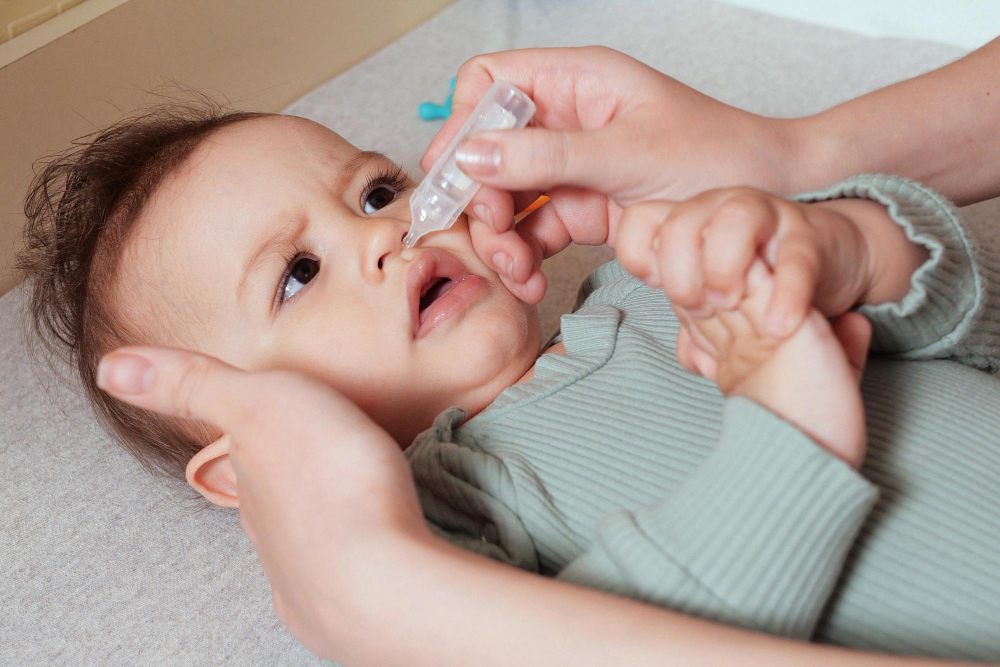
Saline drops or nasal sprays can be a valuable tool in moisturizing and clearing a baby’s nasal passages. These gentle solutions help to relieve congestion and ease breathing discomfort for your little one. When using nasal spray on your baby, follow these steps for effective administration:
1. Prepare the saline spray
Ensure that you have a sterile saline spray specifically designed for babies. Check the expiration date and shake the bottle gently before use.
2. Position your baby
Lay your baby on their back or hold them upright in a comfortable position, supporting their head.
3. Tilt their head back slightly
Gently tilt their head back, but make sure it is not tilted too far back to avoid any discomfort.
4. Insert the nozzle
Carefully insert the nasal spray nozzle into one of your baby’s nostrils.
5. Administer the spray
Squeeze the saline spray bottle gently to release a small amount of saline solution into your baby’s nostril. A mist or a gentle stream is usually sufficient.
6. Repeat for the other nostril
Repeat the process for the other nostril.
7. Clean the nozzle
After each use, clean the nozzle with soapy water and rinse thoroughly. Dry it properly before storing it.
Remember, it’s essential to use a saline solution specifically made for babies to avoid any adverse effects. Nasal sprays can help relieve congestion and keep your baby’s nasal passages clear, promoting better breathing and overall comfort. However, if you have any concerns or your baby’s symptoms worsen, consult a healthcare professional for further advice.
Other Remedies
In addition to the methods mentioned earlier, there are several other effective remedies and techniques to help clear your baby’s nose and provide relief from nasal congestion. These remedies are safe and can be easily incorporated into your baby’s daily routine.
Use a Humidifier or Steam Treatment
Using a humidifier or steam treatment can help moisten the air and loosen the mucus in your baby’s nose, making it easier for them to breathe. Place a cool-mist humidifier in your baby’s room during sleep and playtime.
Alternatively, create a steam treatment by running a hot shower and sitting with your baby in the bathroom for a few minutes. Remember to keep your baby at a safe distance from the hot water or steam.
Give Them a Bath
Taking a warm bath can also help alleviate nasal congestion in babies. The warm water creates steam, which helps loosen mucus and clear the nasal passages. Gently wash your baby with warm water, taking care not to expose them to extreme temperatures. The steam from the bath can provide temporary relief and help your little one breathe easier.
Consider Your Home’s Air Quality
Maintaining good air quality in your home is essential to prevent nasal congestion in your baby. Use air purifiers in the rooms where your baby spends most of their time, especially during the night. Avoid exposing your baby to cigarette smoke or other irritants. Keep the house clean and dust-free to minimize the presence of allergens that can trigger congestion.
Focus on Hydration
Keeping your baby hydrated is crucial for maintaining moist nasal passages. Offer regular breastfeeding or formula feeding to ensure your baby gets enough fluids. Staying hydrated helps thin the mucus, making it easier for your baby to expel it from their nose.
Keep Them Upright
Positioning your baby upright can promote better breathing and facilitate the drainage of mucus. Use baby carriers or hold your baby in an upright position while comforting and playing with them. Avoid letting your baby lie flat for an extended period, as it can worsen congestion.
Try Breast Milk Drops
A few drops of breast milk applied to your baby’s nostrils can have soothing effects and help relieve nasal congestion. Breast milk contains antibodies that can help fight off infections and moisturize the nasal passages. However, consult with your healthcare provider before trying this remedy to ensure it is appropriate for your baby.
By incorporating these additional remedies into your daily routine, you can help clear your baby’s nose, alleviate congestion, and promote better breathing.
Remember to create a comfortable and soothing environment for your little one, and seek medical advice if needed. Keeping your baby’s nasal passage clean and clear is vital for their overall comfort and health.
Use A Humidifier Or Steam Treatment
A humidifier or steam treatment can be an effective way to loosen mucus and relieve nasal congestion in babies. The moisture in the air helps to keep the nasal passages hydrated, making it easier for boogers to come out.
Here are some tips for using a humidifier or steam treatment:
- Place a cool mist humidifier in your baby’s room to add moisture to the air.
- Make sure to clean the humidifier regularly to prevent the growth of bacteria or mold.
- Avoid using a hot steam humidifier, as it can be a burn risk for babies.
- If you don’t have a humidifier, you can create steam in the bathroom by running a hot shower and sitting with your baby in the steam-filled room for a few minutes.
- Use saline drops or a saline nasal spray before using the humidifier or steam treatment to help further loosen the mucus.
Remember, always consult with your pediatrician before using a humidifier or steam treatment, especially if your baby has any respiratory condition or if you’re unsure about its suitability for your baby’s specific situation.
Give Them A Bath

Giving a baby a warm bath can be an effective way to alleviate nasal congestion and clear their blocked nose. The warm water helps to loosen the mucus, making it easier to remove. Here are some steps to follow when using a bath to relieve congestion:
1. Fill the bathtub with warm water. Make sure it is not too hot to avoid any discomfort for the baby.
2. Undress the baby and gently place them in the water, supporting their head and neck throughout.
3. Allow the baby to relax in the bath for a few minutes, taking care to monitor their comfort.
4. You can use a washcloth or your hand to gently wipe their face, including the nose area, helping to remove any dried mucus or boogers.
5. After the bath, gently pat the baby dry with a soft towel and dress them in comfortable clothing.
6. Remember to clean and sanitize the bathtub after each use.
By incorporating regular warm baths into your baby’s routine, you can provide relief from nasal congestion and promote better breathing. However, if symptoms persist or worsen, it is important to consult a pediatrician for further guidance and evaluation.
Note: Always ensure the water temperature is suitable for the baby, and never leave them unattended during a bath.
Consider Your Home’s Air Quality
Maintaining good air quality in your baby’s environment is crucial for preventing nasal congestion and promoting clear breathing. Here are some tips to ensure a healthy atmosphere for your little one:
1. Use air purifiers
Invest in a high-quality air purifier to filter out allergens, dust, and other irritants that can trigger nasal congestion.
2. Keep the air clean
Regularly dust, vacuum, and clean your home to minimize the presence of dust mites and other particles that can affect your baby’s nasal passages.
3. Avoid irritants
Be mindful of using harsh cleaning chemicals, strong perfumes, and smoking around your baby, as these can irritate the respiratory system.
4. Maintain proper humidity levels
Use a humidifier to add moisture to the air in dry environments, especially during the winter months. Dry air can contribute to nasal dryness and congestion.
5. Eliminate potential allergens
Identify and remove potential allergens, such as pet dander or mold, from your home. Consider hypoallergenic bedding and using mattress and pillow covers to prevent exposure to allergens.
By following these tips, you can create a clean and healthy environment for your baby, reducing the risk of nasal congestion and promoting better breathing.
Focus on Hydration
Keeping your baby hydrated is essential for maintaining moist nasal passages and preventing dryness that can contribute to booger formation. Regular breastfeeding or formula feeding helps to ensure that your baby receives enough fluids throughout the day.
Breast milk, in particular, contains antibodies that can help boost your baby’s immune system and fight off infections that may contribute to nasal congestion. If you’re unable to breastfeed, formula feeding is an excellent alternative to provide the necessary hydration for your baby.
Remember to offer small, frequent feeds to keep your baby well-hydrated and adequately moisturized in their nasal passages. By focusing on hydration, you can help keep your baby’s nose clear and comfortable.
Keep them upright
Keeping your baby upright can provide relief from nasal congestion and contribute to better breathing. Here are some tips on positioning and using baby carriers:
1. Utilize baby carriers
Using a baby carrier allows you to keep your baby in an upright position while you go about your daily activities. This helps with mucus drainage and eases congestion.
2. Position during sleep
Elevating your baby’s head slightly while they sleep can help prevent nasal blockage. You can achieve this by placing a small towel or folded blanket under the crib mattress to create a gentle incline.
3. Support during feeding
While bottle-feeding or breastfeeding, ensure that your baby’s head is elevated slightly. This helps promote the flow of milk and reduces the chances of milk pooling in the back of the throat.
Remember, always prioritize your baby’s safety and comfort when positioning them upright. By doing so, you can help alleviate nasal congestion and support better breathing.
Try Breast Milk Drops
Using a few drops of breast milk in your baby’s nostrils can provide relief from congestion and moisturize their nasal passages. Breast milk contains antibodies that can help fight off infections and reduce inflammation. To use breast milk drops, follow these precautions:
1. Wash your hands thoroughly before handling breast milk.
2. Express a few drops of breast milk onto a clean spoon or your clean finger.
3. Gently apply the drops to your baby’s nostrils using a dropper or your finger.
4. Avoid using breast milk drops if your baby has a known allergy or sensitivity to dairy products.
Breast milk drops are a natural and safe remedy for relieving congestion in babies. However, if your baby’s symptoms persist or worsen, it’s important to consult a healthcare professional for further evaluation.
What Causes Boogers in a Baby’s Nose?
Boogers in a baby’s nose can be caused by various factors. Dry air is a common culprit, as it can lead to the drying out of nasal passages and the formation of crusty mucus. Irritants in the environment, such as dust, pet dander, or strong odors, can also trigger booger formation. Viral infections, such as the common cold, can result in increased mucus production and congestion.
Additionally, allergies to pollen, mold, or certain foods can contribute to boogers in a baby’s nose. It’s important to understand that the formation of boogers is a natural process as the body produces mucus to protect the respiratory system.
When to See a Doctor

If you’ve tried various methods to alleviate your baby’s nasal congestion or remove boogers but haven’t seen any improvement, it may be time to consult a doctor. Here are some situations in which seeking medical advice is recommended:
Red Flag Symptoms
1. High Fever
If your baby develops a fever above 100.4°F (38°C), it could indicate a more serious underlying condition.
2. Persistent Cough
If your baby’s cough persists and is accompanied by rapid breathing or wheezing, it could be a sign of a respiratory infection.
3. Difficulty Breathing
If your baby struggles to breathe or shows signs of respiratory distress, such as flaring nostrils or retracting chest muscles, it’s crucial to seek immediate medical attention.
Duration of Symptoms
1. Prolonged Nasal Congestion
If your baby’s nasal congestion persists for more than two weeks, it’s advisable to consult a pediatrician.
2. Persistent Discharge
If the nasal discharge changes color to green or yellow and persists for more than ten days, a medical evaluation is necessary.
Age Considerations
1. Newborns
If your baby is younger than three months old and exhibits signs of nasal congestion, it’s essential to consult a doctor for proper evaluation and guidance.
2. Premature Babies
Premature infants are more susceptible to respiratory issues. If your premature baby experiences nasal congestion or difficulty breathing, it’s vital to seek medical advice promptly.
Other Concerns
1. Unusual Symptoms
If your baby displays symptoms beyond nasal congestion, such as ear pain, excessive fussiness, or reduced appetite, it’s best to consult a healthcare professional.
2. Persistent Discomfort
If your baby seems consistently uncomfortable, irritable, or experiences disrupted sleep due to nasal congestion, it’s advisable to seek medical assistance for suitable treatment options.
Remember, it’s always better to err on the side of caution when it comes to your baby’s health. Your pediatrician can provide expert guidance, assess the severity of the congestion or booger buildup, and recommend appropriate interventions to ensure your baby’s comfort and well-being.
The Final Note: How To Get Boogers Out Of Baby’s Nose
To sum up, maintaining a clean and clear nasal passage is essential for your baby’s comfort and overall health. Here are the key points to remember:
1. Use safe and effective methods to clean your baby’s nose, such as a bulb syringe or nasal aspirator. Always ensure these tools are clean and sterilized.
2. Saline drops or nasal sprays can help moisturize and clear your baby’s nasal passages. Administer them properly to ensure effectiveness.
3. Consider additional remedies like using a humidifier or steam treatment to loosen mucus, giving your baby a warm bath, maintaining good air quality in your home, focusing on hydration, keeping your baby upright, and trying breast milk drops.
4. Understand the common causes of boogers in a baby’s nose, including dry air, irritants, viral infections, and allergies.
5. Consult a doctor if your baby’s nasal congestion persists, worsens, or is accompanied by red flag symptoms.
Remember, a clean and clear nasal passage promotes better breathing, reduces discomfort, and helps your baby thrive.

